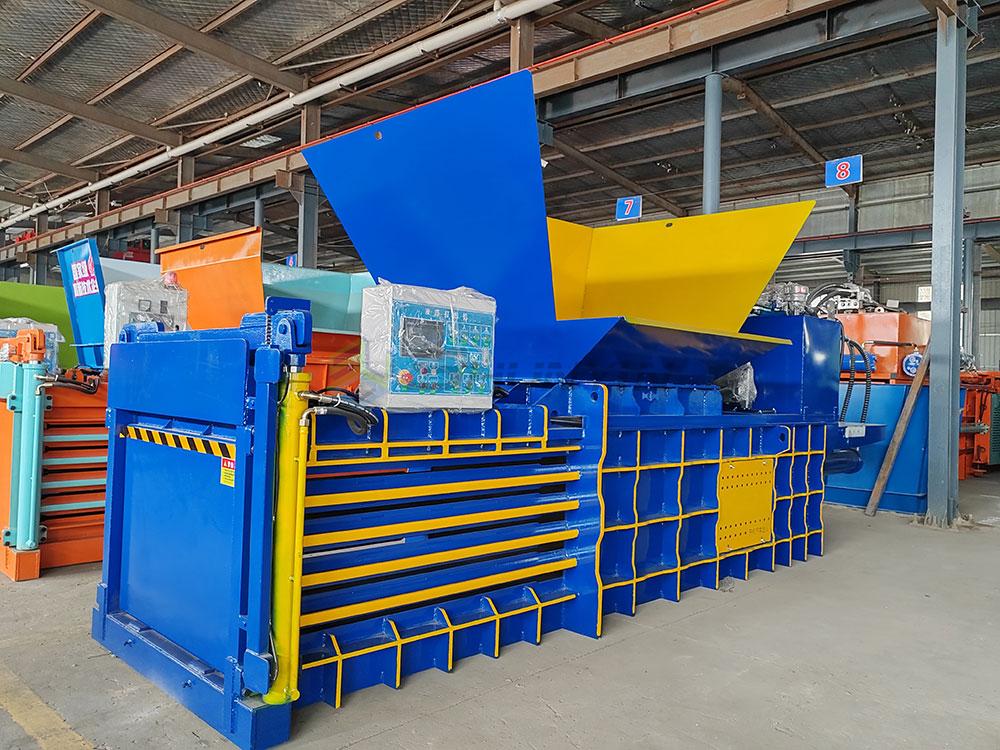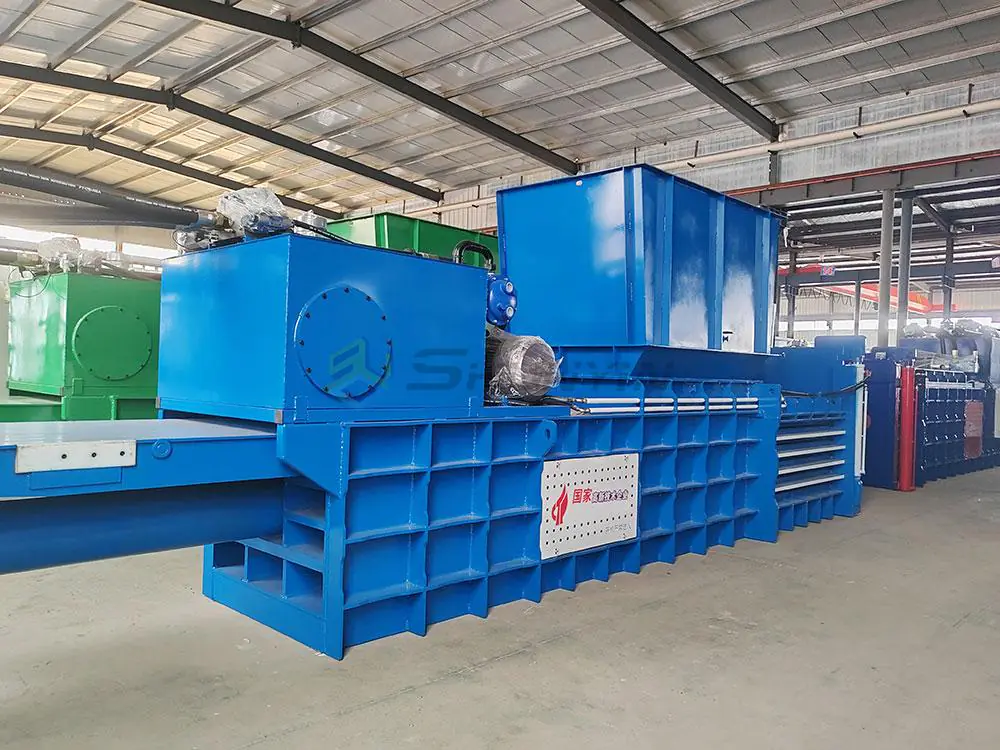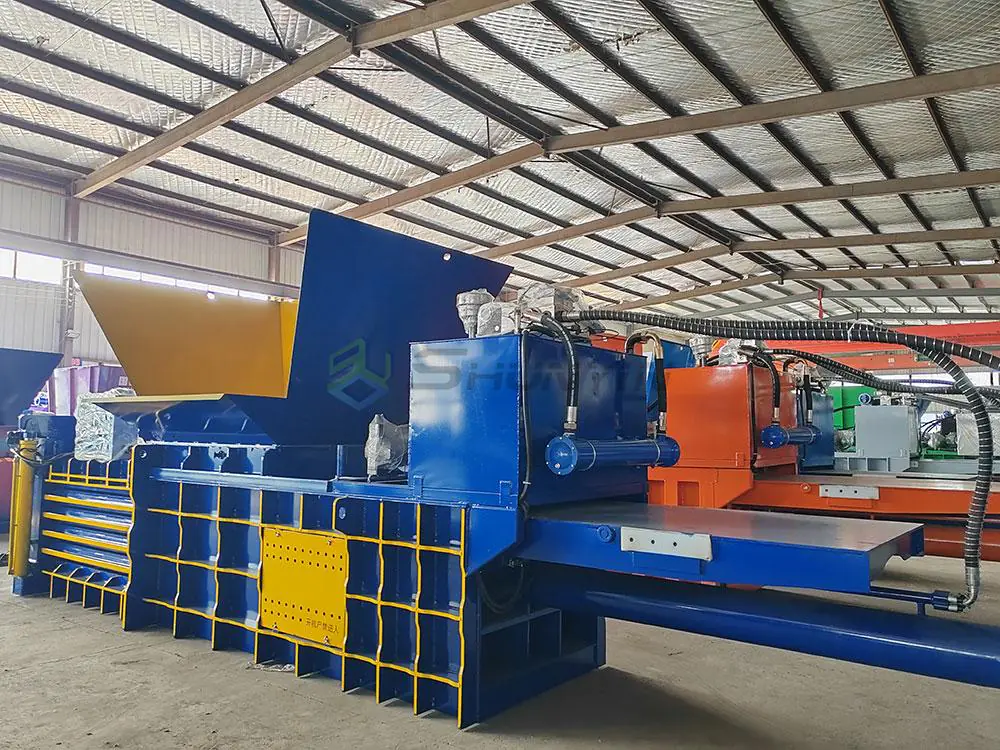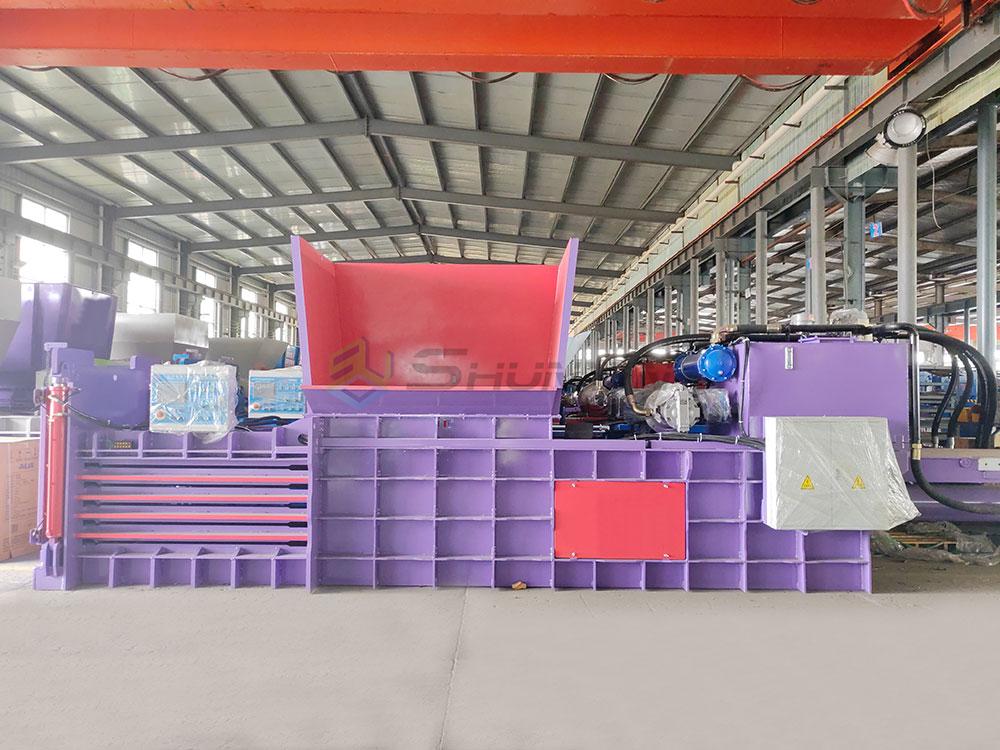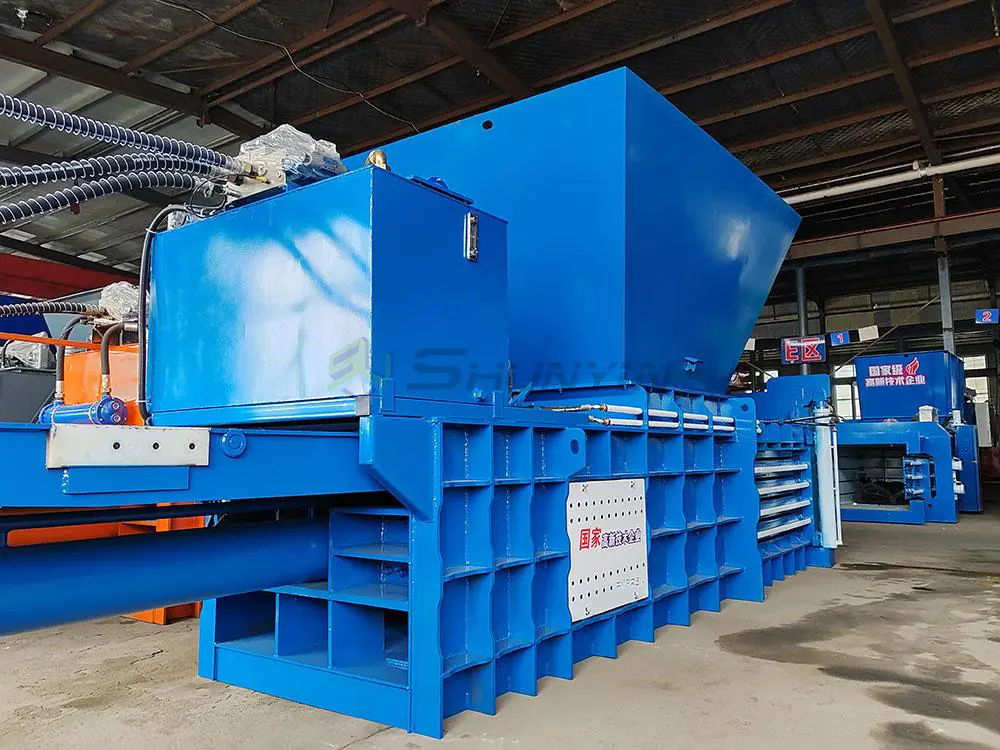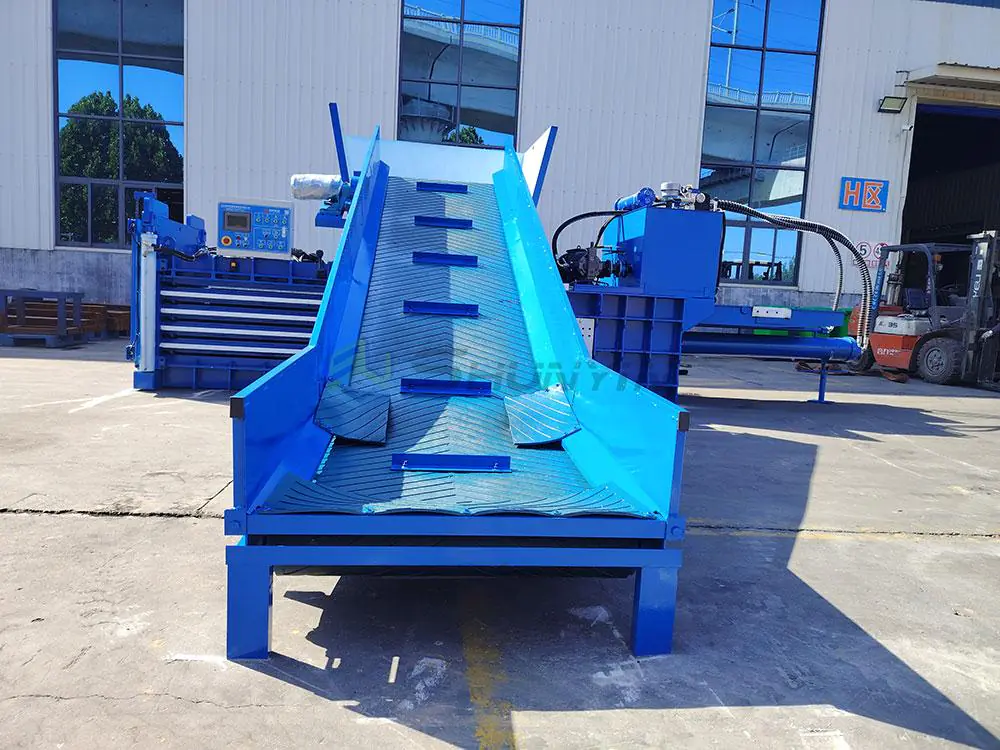Struggling with wasted space or slow processing? Choosing wrong equipment bleeds profits. Let’s fix that now.
Recycling balers include vertical compactors for low-volume shops, horizontal units for industry-scale operations, two-ram systems for heavy metals, automated tie-and-eject models for safety, and specialty systems for unique materials.

Generic advice wastes your resources. I’ll reveal what manufacturers hide – keep reading.
What are the different types of baler machines?
Getting conflicting recommendations? Equipment mismatch causes 20-40% capacity waste. Canadian recyclers learned this hard way.
Key baler types: vertical (under 5 tons/week), horizontal manual (5-20 tons), horizontal auto-tie (20-50 tons), two-ram (50+ tons), and specialized textile/plastic units requiring custom designs.

Matching machine to material profile
Lambert’s Toronto warehouse lost $15,000/month ignoring this principle. Avoid his mistake.
Throughput calculator by type
Daily Capacity Comparison
| Baler Type | Cardboard | PET Bottles | Steel Scrap | Space Needed |
|---|---|---|---|---|
| Vertical | 2.5 tons | 1.1 tons | N/A | 12 m² |
| Horizontal Manual | 7 tons | 3.4 tons | 1.8 tons | 28 m² |
| Auto-Tie Systems | 22 tons | 15 tons | 9 tons | 36 m² |
| Two-Ram Heavy Duty | 55 tons | 42 tons | 37 tons | 64 m² |
Japanese clients gain 33% ROI using our free tool: Calculate your needs
Upgrade paths that save thousands
- Hydraulic upgrades: Boost small baler capacity 40% (+$3,800)
- Custom chambers: Fit odd-sized materials (+$6,200)
- IoT integration: Monitor performance remotely (+$4,500)
Our Nanjing auto-tie retrofit paid back in 11 weeks. Get retrofit quote
What are the different types of recycle bins?
Confusing bins with processing equipment? That disconnect creates 28% workflow inefficiencies. See Singapore’s solution.
Recycle bins include: wheeled carts for municipal collection, stackable totes for factories, compaction chutes for high-rises, front-load dumpsters for plants—all feed into balers but aren’t processing units.

Streamlining the waste journey
Input handling causes 3X more delays than baling. Optimize your frontline.
Pre-baler system cost/benefit
Integration Analysis
| Bin Type | Daily Capacity | Baler Compatibility | Staff Requirement | Cost Range |
|---|---|---|---|---|
| Wheeled Cart | 300 kg | Manual vertical | 1 operator | $200-$450 |
| Compaction Chute | 1.2 tons | Auto-tie horizontal | Wireless sensor | $7,200+ |
| Tilt Dumpster | 5 tons | Two-ram systems | Hydraulic assist | $10,900+ |
Canadian clients cut collection time 60% with chutes. Design your flow
Critical bin features to require
- RFID tagging: Track material origins
- Moisture sensors: Prevent paper degradation
- Ergonomic handles: Reduce injury risks 58%
Our Guangzhou food processor solved wet waste chaos. See moisture solution
What are the different types of hay balers?
Comparing farm balers to recyclers? That misconception causes 90% wrong purchases. North American buyers overpay dramatically.
Hay balers include round balers, small square balers, large square balers—designed for dry crops like hay/straw. Recycling balers handle dense/manufactured materials with heavy hydraulics and contamination resistance.

Why industrial balers fail farm tasks
Material density gaps create critical incompatibility. Learn from Lambert’s loss.
Specification divergence
| Characteristic | Hay Baler | Recycling Baler | Industrial Consequence |
|---|---|---|---|
| Compression PSI | 18-22 | 180-2,200 | Hay turns abrasive dust |
| Cycle Speed | 45 sec | 75-110 sec | Overheated hydraulics |
| Material Tolerance | 1% foreign | up to 15% | Farm equipment jams |
Canadian user saved $40,000 recognizing this gap early.
Hybrid solutions for farm-industrial users
- Reinforced attachment points: +$1,200
- Dual-density settings: +$3,400
- Moisture protection kits: +$850
Our Vietnam hybrid systems run both applications. Test your materials
What are the different types of recycling systems?
Choosing standalone equipment? That fragmentation increases breakdowns 60%. Integrated systems transform outputs.
Recycling systems include: manual sorting lines, semi-automated MRFs, fully automated plants, AI-powered units, and compact micro-facilities—all requiring balanced baler integration.

The integration equation
Output quality jumps 47% with synchronized systems. Japanese pioneers prove it daily.
System performance scaling
Automation Efficiency Matrix
| System Level | Throughput | Staff Needed | Baler Compatibility | Cost (per ton) |
|---|---|---|---|---|
| Manual | 3 tons/hr | 8 operators | Vertical | $42 |
| Semi-Auto | 12 tons/hr | 3 operators | Horizontal Auto | $28 |
| Fully Auto | 30+ tons/hr | Remote monitor | Two-Ram + Conveyors | $17 |
Singapore facility doubled profits switching tiers. Simulate upgrades
Future-proofing recommendations
- Modular conveyor links: Enable expansion
- ISO-size standardization: Boost bale value 12%
- Data log integration: Predict maintenance
We build plug-and-play systems shipping in 18 days. Get layout plan
Conclusion
Selecting the optimal baler requires matching equipment type to material profile, daily volume, space constraints, and integration level—critical choices that define recycling profitability, efficiency, and scalability.


